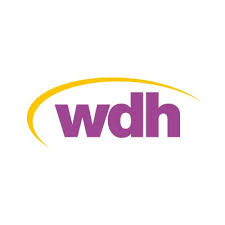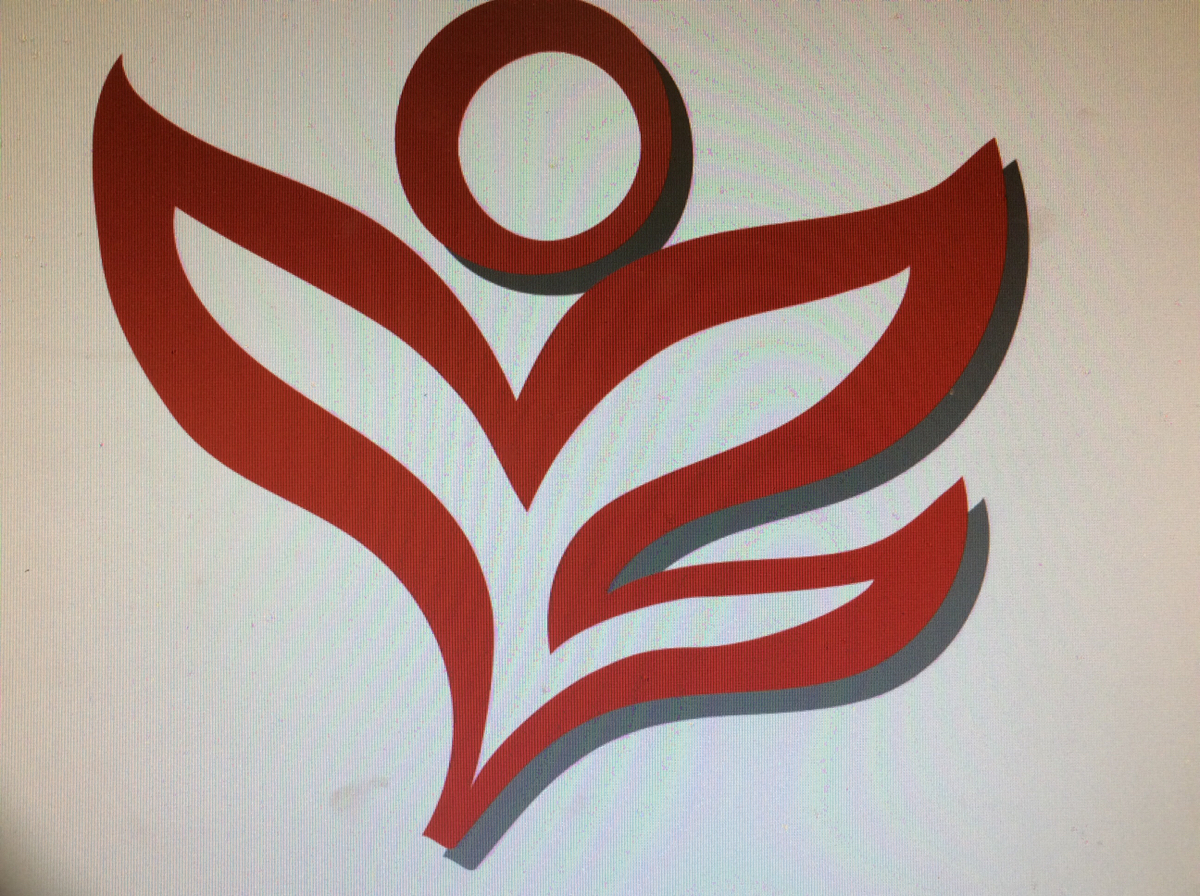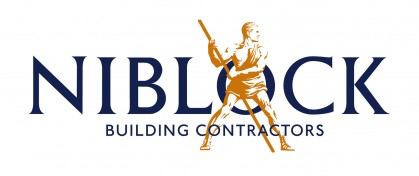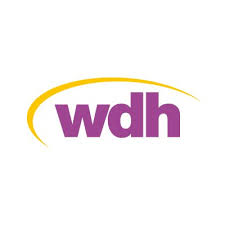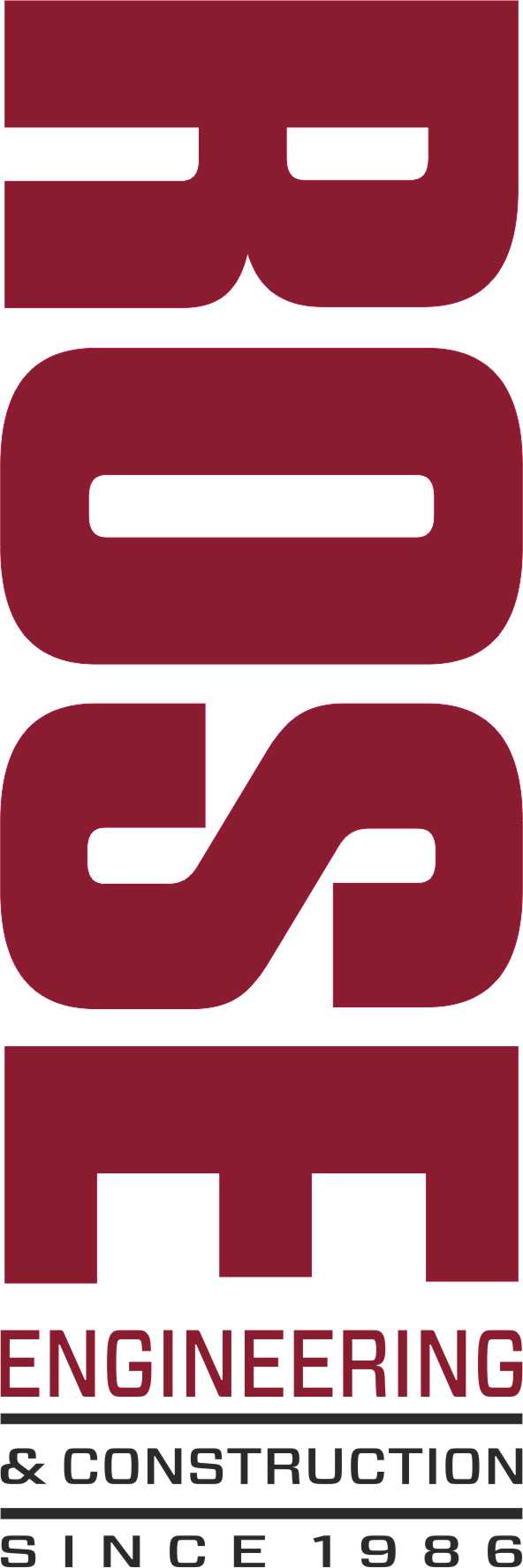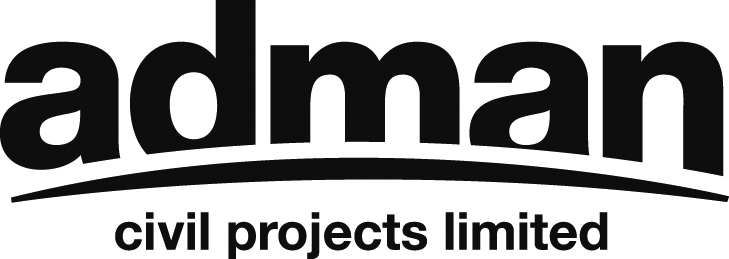Title Page
-
Project Name
-
Project reference no.
-
Project address
-
Scope of Works
- roofing
- general painting and decorating
- inspection
- stone cleaning
- external rendering
- specialist work
-
Name of Inspector & Job Title
- James Moorcroft, Contracts and Compliance Manager
-
Signature
Minimum Welfare Facilities requirements
-
The principal contractor is responsible for ensuring welfare facilities are provided and are suitable and sufficient for the size and nature of the site.
Welfare facilities must be available from the commencement of work on site and remain until the construction work is completed.
Existing facilities may be available and suitable. If not, a mixture of both existing and new, or temporary welfare facilities, will need to be provided on site.
Welfare facilities should include:
• Toilets - lit and ventilated, suitable for men and women
• Washing facilities - next to the toilets, including hot and cold running water, soap, and a way of drying hands
• Supply of drinking water and cups
• Facilities for rest including tables and chairs
• Changing rooms and lockers where required
Welfare facilities must be regularly cleaned and have sufficient capacity for the expected number of workers on site.
Schedule 2 of the Construction (Design and Management) Regulations 2015 (CDM 2015) lists the welfare facilities that should be in place at any site.
Documentation
-
Is there a CDM manual available and does it reflect the current site conditions or works?
-
Is the project notifiable? If so is there a F10 Displayed?
-
Is there a Insurance Liability Certificate displayed and in date?
-
Is there a Health and Safety Law Poster displayed and appropriately completed?
-
Is there First aider details displayed and relevant for number of persons on site?
-
Is there adequate Site emergency arrangements displayed and appropriate for current site conditions?
-
Has the Nearest A&E details been displayed?
Emergency Arrangements
-
Is there a First aid box available?
-
Is there a Soluble eye wash station available?
-
Is there means of raising an alarm?
-
If there are hot works required, are there adequate fire extinguishers onsite?
Welfare Facilities - Suitable and sufficient?
-
How many operatives were on site at the time of the report?
-
What kind of welfare facilities has the contractor supplied for their operatives?
-
Has mains power been run to the welfare facility, i.e to provide adequate heating and lighting?
-
If there is no mains power within the welfare facility, how far away is the power?( in meters)
-
What facilities have been supplied by the contractor? Is there a kettle, wash basin, microwave, seating, a table?
- kettle
- wash basin
- microwave
- adequate high backed seating
- table
- extension/power lead
- lighting
- heater
- somewhere to hang clothes
- somewhere to dry clothes
- labelled drinking water
- water to wash with
- towels to dry hands with
- soap or other suitable means of cleaning
- generator if no mains power
-
Is the No. of sanitary conveniences sufficient for the no. of people on site?
-
Are the sanitary conveniences and washing facilities adequately ventilated and lit?
-
Are the sanitary conveniences clean and appropriately stocked with toilet roll?
-
When was it last cleaned?
-
Does the Washing facilities have a supply of soap (or other suitable means of cleaning), clean hot and cold, or warm water
-
Is there availability of towels or other suitable means of drying?
-
Is the washing facilities clean and tidy
-
Is the washing facilities large enough to wash forearms?
-
Is there an adequate supply of drinking water?
-
Has the drinking water been marked by appropriate signage with sufficient availability of cups or other drinking vessels?
-
Is there a changing room available, with enough seating and means of drying clothing?
-
Is there sufficient rest rooms or rest area provided for the no. of people on site?
-
Have the Rest rooms been equipped with adequate no. of tables and seats for no. of people on site?
-
Is the welfare facility/Rest room lit, clean and tidy and maintained to appropriate temperature?
Security
-
Site security arrangements
-
Other security onsite
Actions required
-
Immediate actions taken and/or to be taken
-
Additional photos
-
Enter name of assessor
